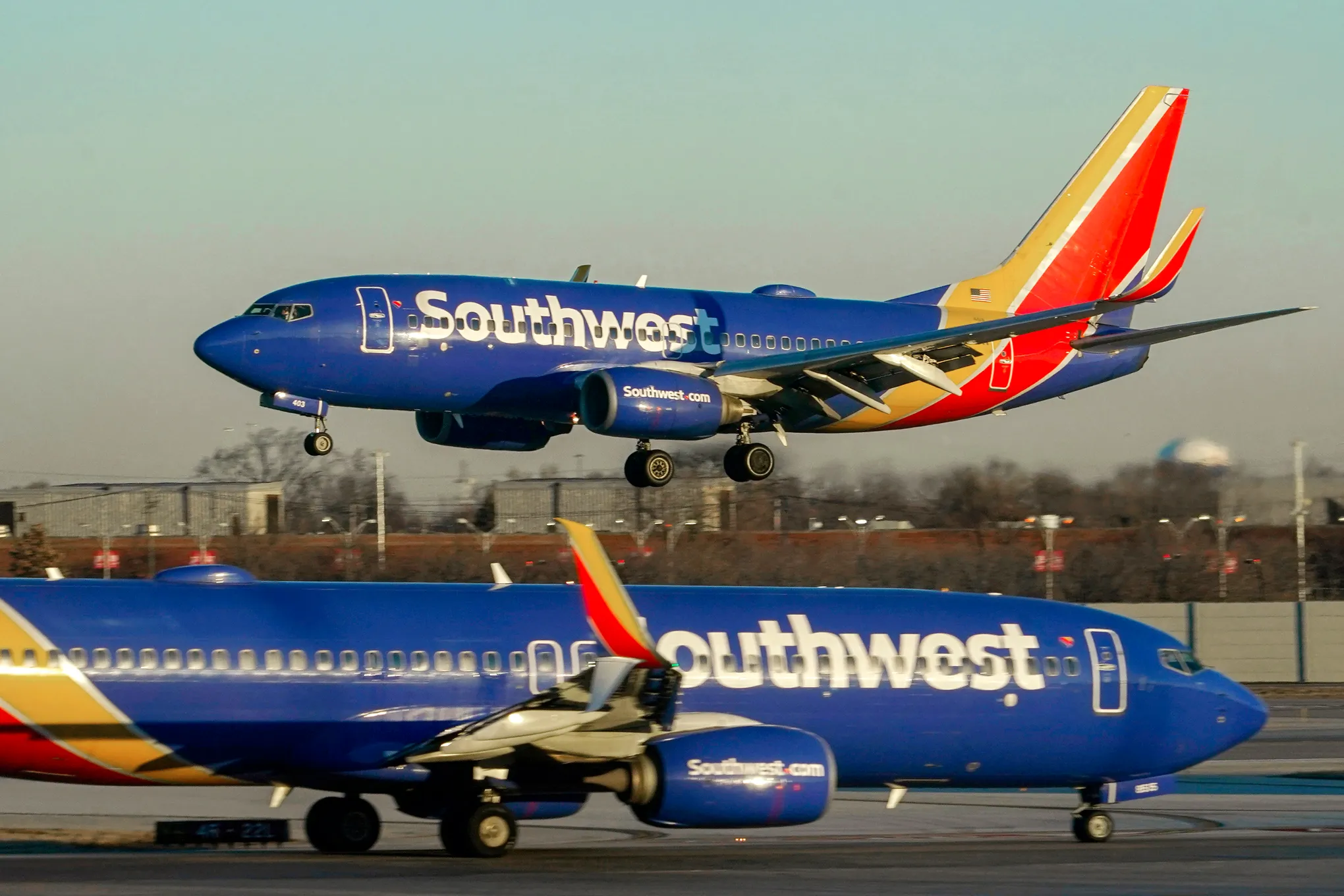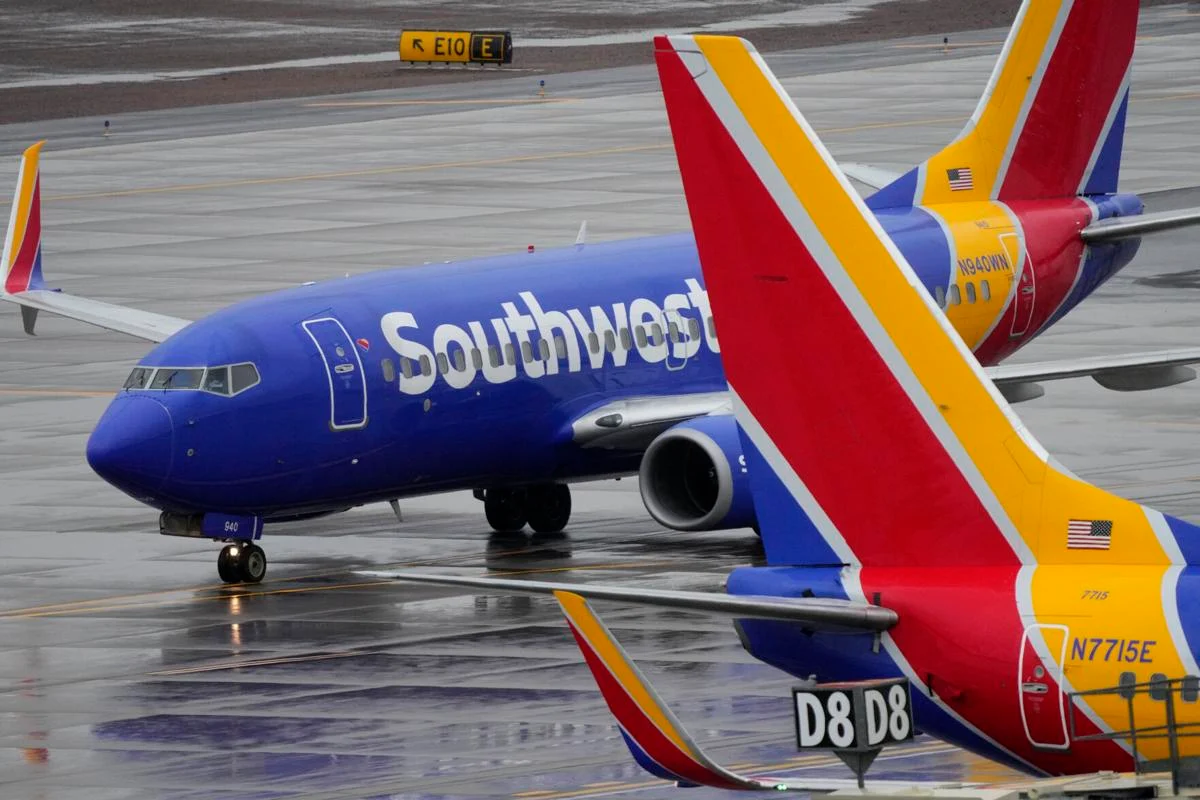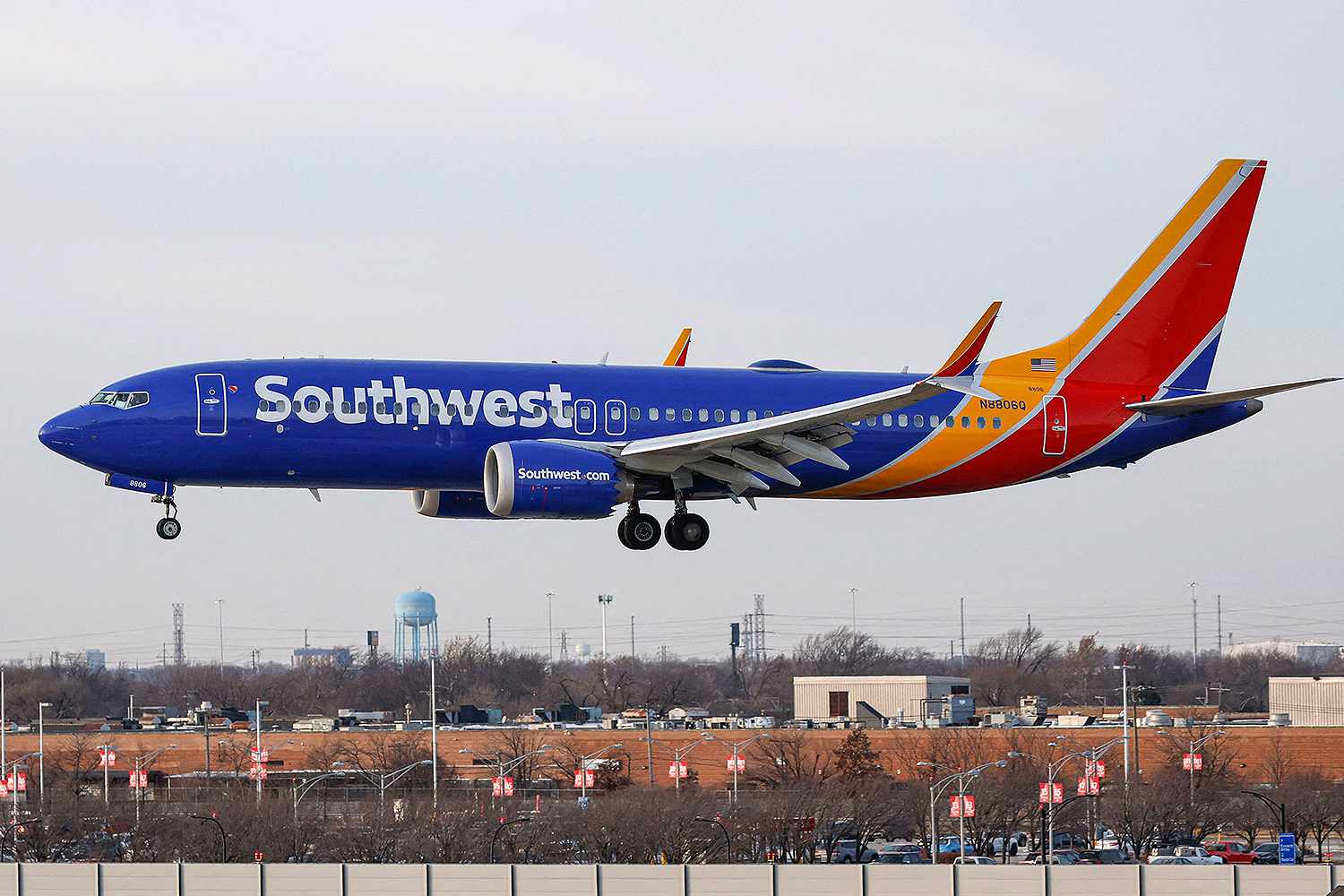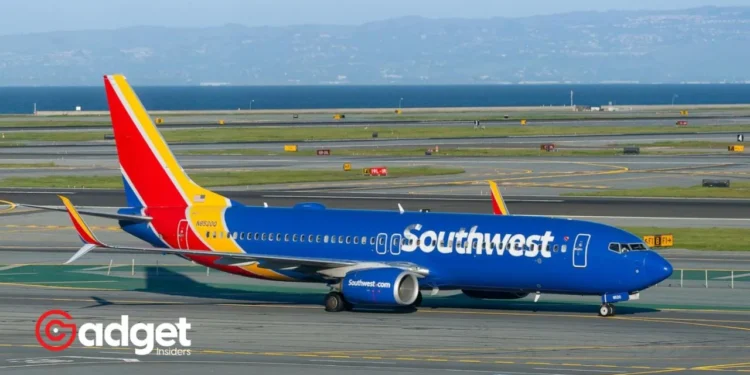In an event that gripped the attention of air travelers and safety regulators alike, a Southwest Airlines jet experienced what every airline passenger hopes to avoid: an engine fire. This incident, which unfolded at the Lubbock, Texas, airport, has prompted a Federal Aviation Administration (FAA) investigation, highlighting ongoing concerns about aviation safety and the mechanisms in place to protect passengers.
Southwest Airlines: A Close Call Before Takeoff
The drama began to unfold on a seemingly ordinary Thursday, when a Southwest Airlines plane, poised to transport its passengers to the excitement of Las Vegas, faced an abrupt and alarming hurdle.
As the Boeing 737 of Southwest Airlines began its journey from the tarmac of Lubbock Preston Smith International Airport, the pilots received a worrying alert — a possible engine issue that could endanger everyone on board.
Acting with commendable speed and caution, the flight crew made the decisive choice to halt the takeoff and return to the safety of the terminal. This quick response ensured that the situation did not escalate, demonstrating the airline’s commitment to passenger safety above all.

The Response on the Ground
The Lubbock Fire Department played a crucial role in addressing the emergency, confirming the presence of a fire in one of the plane’s two engines.
Their expertise and timely action were instrumental in extinguishing the fire and preventing potential damage and injury.
This incident not only underscores the importance of effective emergency services at airports but also raises questions about the maintenance and safety checks that are vital to preventing such occurrences.

The Investigation Begins
The FAA has stepped in to investigate the incident, a move that signals the seriousness with which such events are treated. While the specific causes of the engine fire are yet to be determined, the investigation will delve into all possible factors, including engine design and maintenance protocols.
The Southwest Airlines plane involved, a Boeing 737-800, is an older model than the controversial 737 Max, drawing attention to the ongoing scrutiny of Boeing’s aircraft and their operational safety.
The engines, manufactured by CFM International — a partnership between General Electric and France’s Safran S.A. — will likely be a focal point of the investigation.
An engine on a Southwest Airlines jet caught fire before taking off from Texas. FAA is investigating https://t.co/s4r4y86KlN
— The Associated Press (@AP) April 5, 2024
Moving Forward: Safety and Reassurance
In the aftermath of the incident, Southwest Airlines took swift action to minimize disruption and reassure passengers.
A replacement plane was dispatched from Dallas, ensuring that those bound for Las Vegas could complete their journey, albeit with a delay.
This response not only exemplifies the airline’s dedication to customer service but also its resilience in the face of unforeseen challenges.
As the FAA continues its investigation, the aviation community and the traveling public will be watching closely. The lessons learned from this incident will undoubtedly contribute to the ongoing efforts to enhance airline safety, ensuring that such scares remain rare and effectively managed.

The Southwest Airlines engine fire serves as a stark reminder of the challenges facing air travel and the constant vigilance required to maintain safety standards.
As we await the findings of the FAA’s investigation, we are reminded of the complexity and resilience of modern aviation — and the shared commitment to safeguarding every passenger’s journey.









